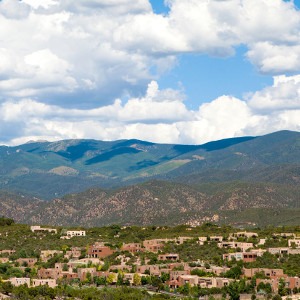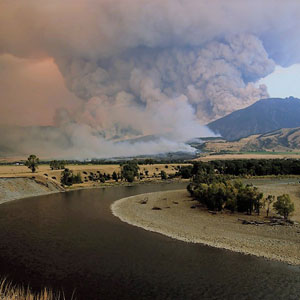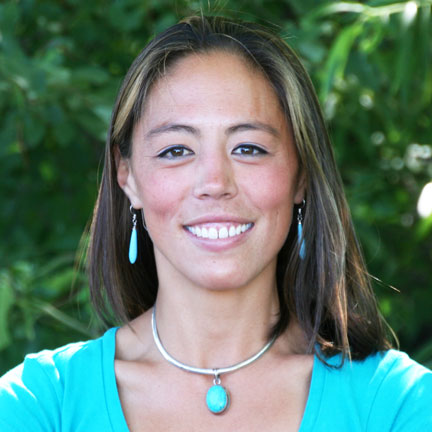-

Integrate socioeconomic and climate data to map neighborhoods at risk in selected cities. Read more
-

A new home built to wildfire-resistant codes can be constructed for roughly the same cost as a typical home. Read more
-

Explore interactive maps of watersheds, wildfire, and the wildland-urban interface in Colorado’s San Luis Valley. Read more
-

Partners in Colorado’s San Luis Valley are working to better understand the impacts of wildfire to communities, watersheds, and quality of life. Read more
-

Identify neighborhoods where overlapping wildfire threats and socioeconomic vulnerabilities may make people disproportionately susceptible to wildfire. Read more
-

The number of western Montana homes in areas with high wildfire hazard has doubled, outpacing development rates in areas with low wildfire hazard. Read more
-

Almost half of the full community costs of wildfire are paid for at the local level, including homeowners, businesses, and government agencies. Read more
-

Explore all communities threatened by wildfires from 2000 to 2017. Read more
-

The sortable table identifies frequently threatened towns and cities, including the different sizes and distances of wildfires from nearby communities. Read more
-

A new tool helps the City of Santa Fe, New Mexico assess wildfire and populations at risk. Read more
-

Identify neighborhoods in six Great Lakes cities that meet socioeconomic vulnerability criteria. Read more
-

Updated: The Community Planning Assistance for Wildfire program now helps 30 communities reduce wildfire risk through improved land use planning. Read more
-

County governments, fire districts and service areas, and landowners have many opportunities to reduce wildfire risk in the wildland-urban interface through land use planning tools and strategies, though challenges in Montana’s regulatory framework remain. Read more
-

Lack of access to a vehicle, poverty, and disabilities, can make evacuation difficult or impossible for some households. Read more
-

A lack of land use planning amplified the devastation from Hurricane Harvey. Wildfire-prone communities should take note. Read more
-

This story map provides Taos County residents with information about the ecological role of fire, the region’s wildfire risk, forest restoration projects, and emergency preparedness. Read more
-

The wildfires that burned the edge of the Great Smoky Mountains National Park devastated nearby communities and underscore the need to reduce the risks and costs of future catastrophic events. Read more
-

It is unlikely that insurance rates and policies alone will determine whether or not a landowner decides to build a new home on wildfire-prone land. Read more

